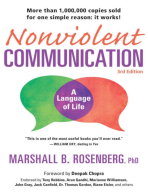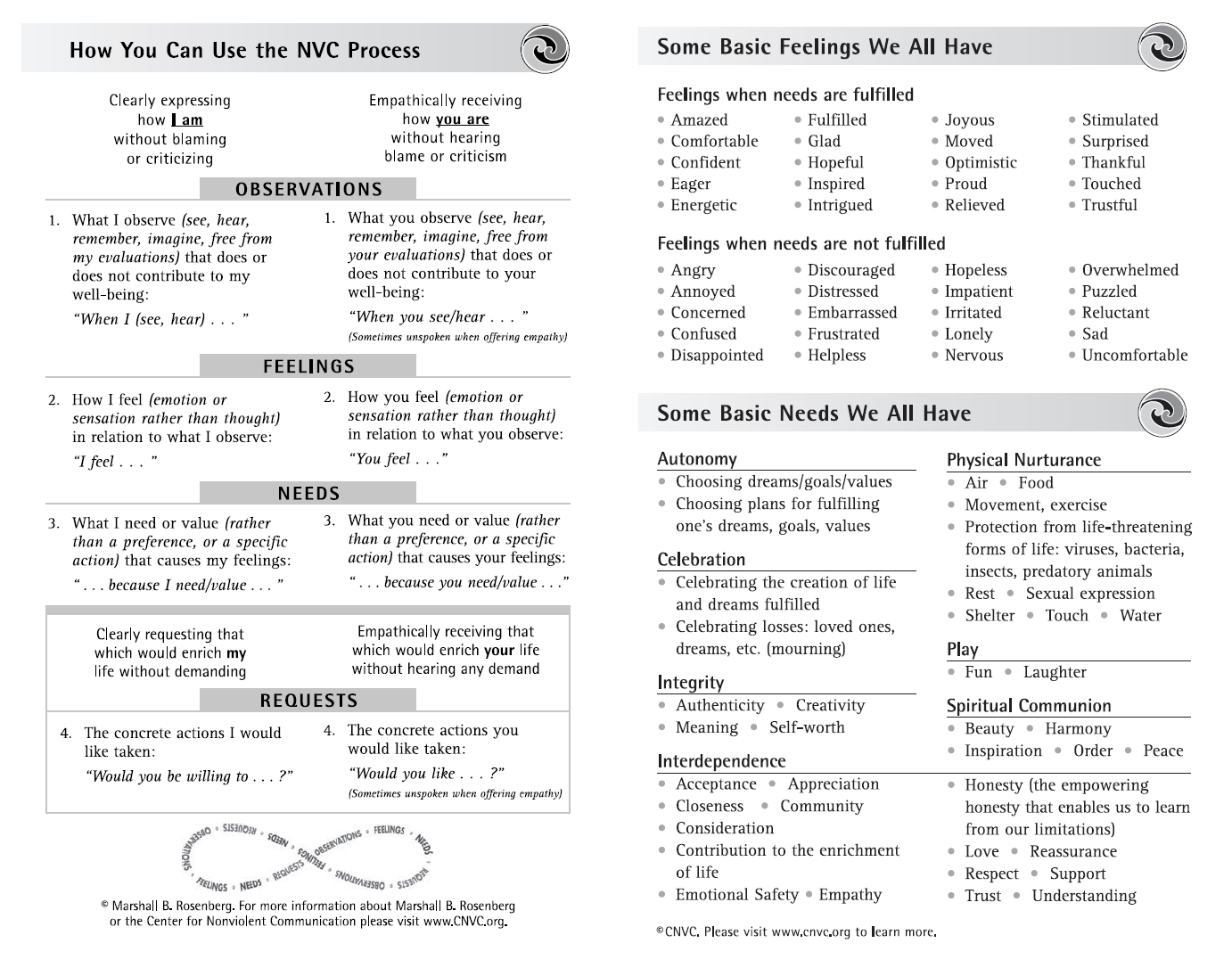 |
Full Title: | Nonviolent Communication A Language of Life |
|---|---|---|
| Author(s): | Marshall B. Rosenberg, Ph.D. | |
| Publishing / Edition: | PuddleDancer Press, 2015 |
 |
Full Title: | Nonviolent Communication A Language of Life |
|---|---|---|
| Author(s): | Marshall B. Rosenberg, Ph.D. | |
| Publishing / Edition: | PuddleDancer Press, 2015 |
